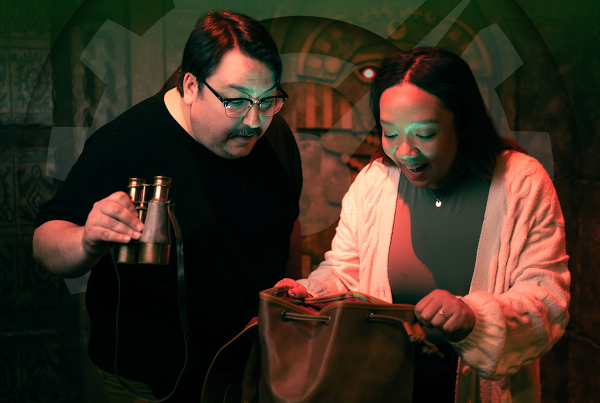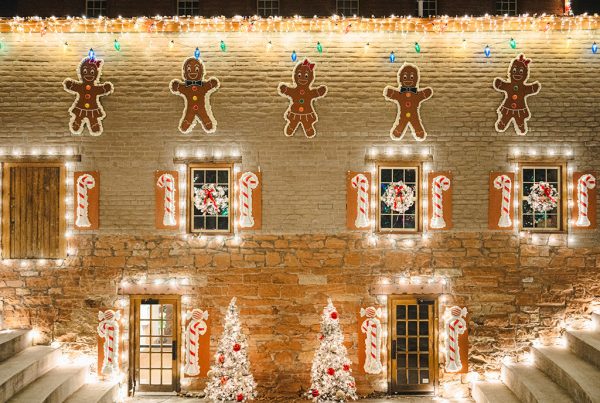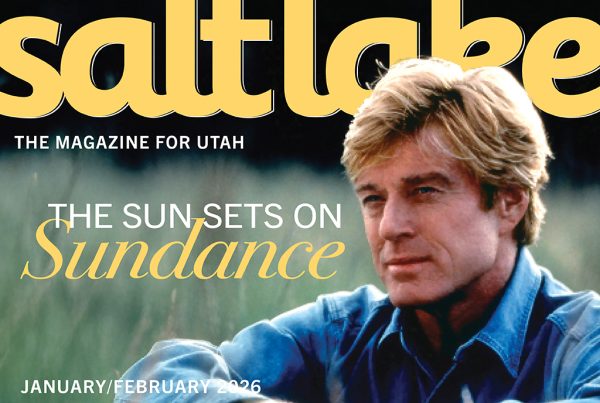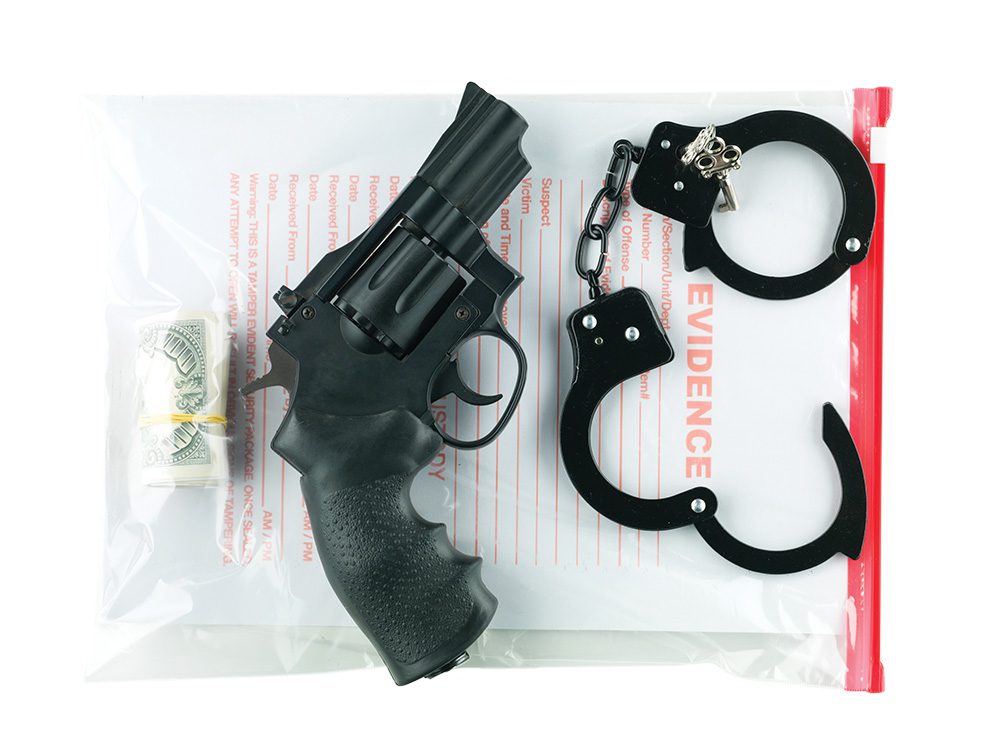
Not every murder or kidnapping leads to a societal reckoning of some kind. Although, perhaps they should. In a world obsessed with the gritty details, sensationalism, anxiety and catharsis of true crime, we often overlook the human impact and the personal and societal trauma that remain long after the case is closed. But some events have a way of cutting through barriers of self-protection and shining a spotlight on the darkness in our world and in ourselves. These are crimes that shifted our perceptions and forced us to reevaluate our communities and institutions. In some cases, the event woke us up from a stupor in which we believed all was fine in the world and forced us to face a harsher reality. In other cases, survivors and families of victims defied the odds and made commitments to do their best to ensure no one else would have to endure what they had. These are five cases of true crime in Utah after which we would never be the same again.
The Last Lynching in the American West
Offense: Homicide, Date: 1866, 1833, 1925, Case File: No. 2563
Synopsis
The state of Utah and its predominant faith have a past entrenched in racism, perhaps more so than most residents realize. As a result, students in Utah schools probably didn’t learn about the three Black men lynched in Utah, but now there are people raising awareness of their deaths to try to start the process of understanding and addressing that racist past, and how it permeates our society still, so we can begin healing.
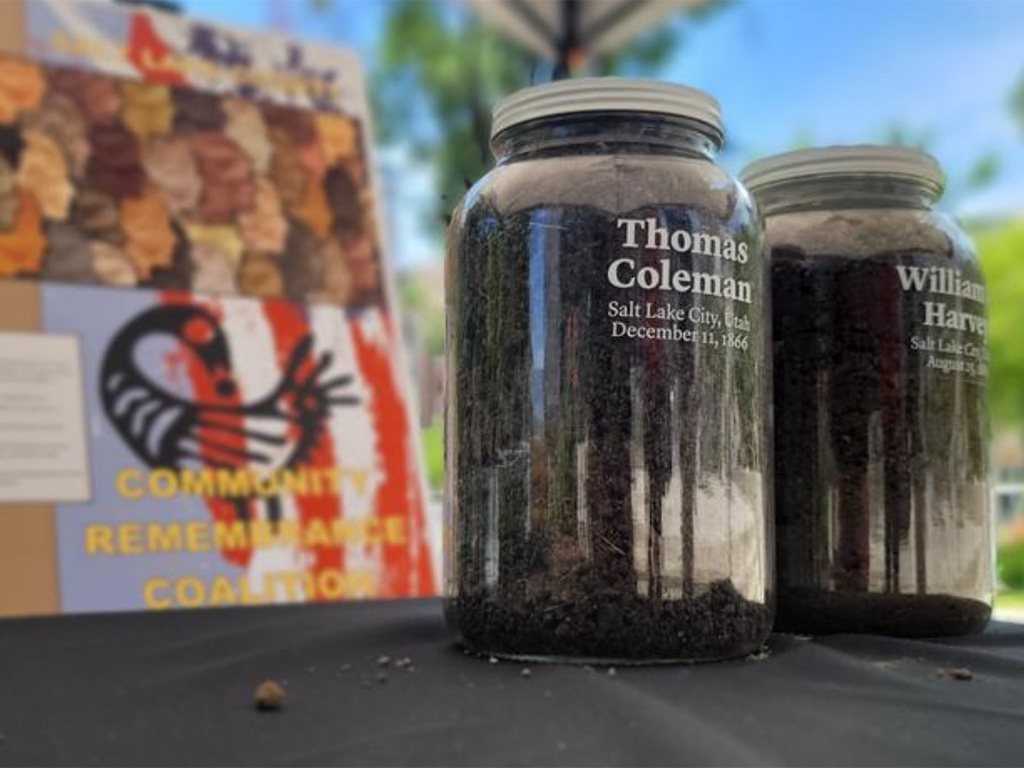
Narrative
In 1866, a group of boys playing on Arsenal Hill (what is now Utah’s Capitol Hill) discovered the body of Thomas Coleman. Coleman was a Black man, formerly enslaved, and a Mormon. He worked for Brigham Young at the Salt Lake House hotel in downtown Salt Lake City after arriving in 1848, one year after the Latter-Day Saints settled the Salt Lake Valley and the year Utah became a U.S. territory. Coleman was brutally beaten with a rock and stabbed with his own knife, according to the coroner. A sign was left on his body, reading, “Notice to all N******. Take warning. Leave white women alone.” Leaders of the Latter-day Saints at the time were opposed to interracial marriage and made it illegal in the territory in 1852. Such public, violent acts were used to enforce racial segregation. To this day, it remains a mystery as to who killed Coleman.
In 1883, a mob of white Utahns, as many as 2,000 people, stormed the Salt Lake City jail, took a Black man named William H. Harvey and publicly hanged him. Harvey was jailed, accused of shooting and killing the city’s police chief, but the white mob lynched him before he went to trial. Police were complicit in the lynching and, despite thousands of participants and spectators, no one was charged for lynching Harvey.
To further prove the point that Black people were not welcome in Utah, in 1925, residents of Price (labeled a “sundown town” where the KKK had a strong presence) lynched Robert Marshall. He was a coal miner also accused of shooting a sheriff. Before Marshall made it to trial, the townspeople took him and hanged him twice. In the end, no one was held accountable for the public lynching because none of the hundreds of townspeople who witnessed it would give testimony. The violent ordeal has come to be known as the last lynching of a Black man in the American West.
In an effort to memorialize these men, in June 2022, the Salt Lake County Community Coalition hosted a soil gathering ceremony at the sites where Thomas Coleman and William Harvey were killed. The two jars of soil now reside with the Equal Justice Initiative in Montgomery, Ala., where they are on display at the National Memorial for Peace and Justice with soil collected from the sites of lynchings across the country. Two jars remain in Utah to serve as a local memorial.
The Mark Hoffman Case
Offense: Untold Damage to History, Date: 10-15-1985, Case File: No. 35637
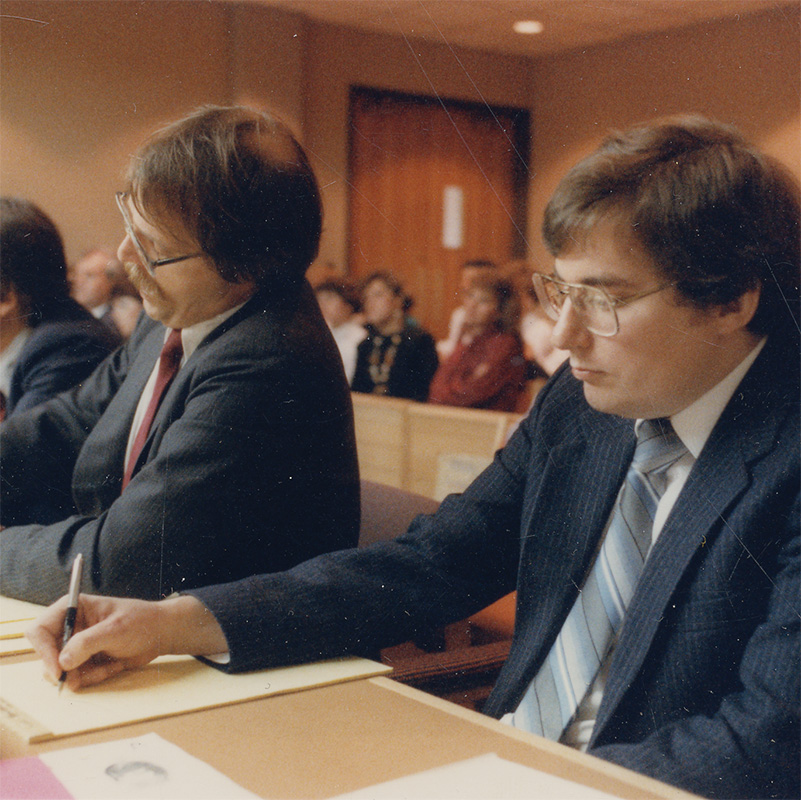
Synopsis
Mark Hofmann fooled a nationwide community of scholars, investigators and collectors with his forgeries and engineered the bombings that killed two people. Hofmann’s notorious deeds will always be inextricably entwined with the history of the Church of Jesus Christ of Latter-day Saints, but the impact of his machinations spread far outside of Utah and the church.
Narrative
On Oct. 15, 1985, a bomb exploded in the Judge Building in downtown Salt Lake City. The explosion killed businessman Steven Christensen. Hours later, another bomb exploded in the Salt Lake City suburbs, killing Kathy Sheets in the blast meant for her husband, Gary. The bombs had been planted by Mark Hofmann to prevent the exposure of his other crimes—prolific forgery of historic documents including Hofmann’s forgery of the infamous Salamander Letter. The letter challenged LDS beliefs by detailing an alternate account in which it was a white salamander, and not an angel, that led church founder Joseph Smith to the gold plates, from which he translated the Book of Mormon.
Former LDS Church Historian and author of Victims: The LDS Church and the Mark Hofmann Case Richard Turley says, to prevent from being fooled again, the church archives launched new projects and implemented new policies and technology. Hofmann’s forgeries, however, were not limited to the interests of the LDS Church and Utahns. Turley says his book also helped one person discover that an Emily Dickenson piece, which they were about to acquire, was actually a Hofmann fake. But there is no telling how many uncovered Hofmann forgeries are still out there, doing untold damage not just to church history and the Utah historical record, but American and world history as well.
A Voice for Survivors
Description: Elizabeth Smart becomes an advocate, Date: 06-05-2002, Case File: No. 56879

Synopsis
The abduction of Elizabeth Smart made her a household name across the country. Twenty years after her rescue, Smart has used the subsequent platform to become an advocate for survivors of sexual abuse and to change the way victims are treated.
Narrative
On June 5, 2002, Brian David Mitchell kidnapped 14-year-old Elizabeth Smart from her family’s Salt Lake City home and held her captive for nine months. On March 12, 2003, Smart was rescued and reunited with her family. It was years later before Smart decided to return to the national spotlight.
At a panel at John Hopkins University in 2013, Smart said one of the factors that deterred her from escaping captivity was that she felt worthless after being raped. This was in part due to the lessons she had received about sexual purity, which compared non-virgins to “a chewed piece of gum.” The story captured the ways our culture undermines and blames victims.
Motivated by the stories of other sexual assault victims who said no one had believed them or taken them seriously, Smart started the Elizabeth Smart Foundation to support survivors. Over the years, the efforts have evolved, including initiatives like the “We Believe You” campaign, which provides financial grants for survivors of abuse and assault. Smart acknowledges that having people believe in her and a strong support system helped her create a life after her ordeal, and “We Believe You” is meant to confront the stigma and disbelief surrounding sexual violence so other survivors can have the same chance.
A Luminary’s Legacy Cut Short
Offense: Arson, Homicide, Date: 05-22-2016, Case File: No. 786950
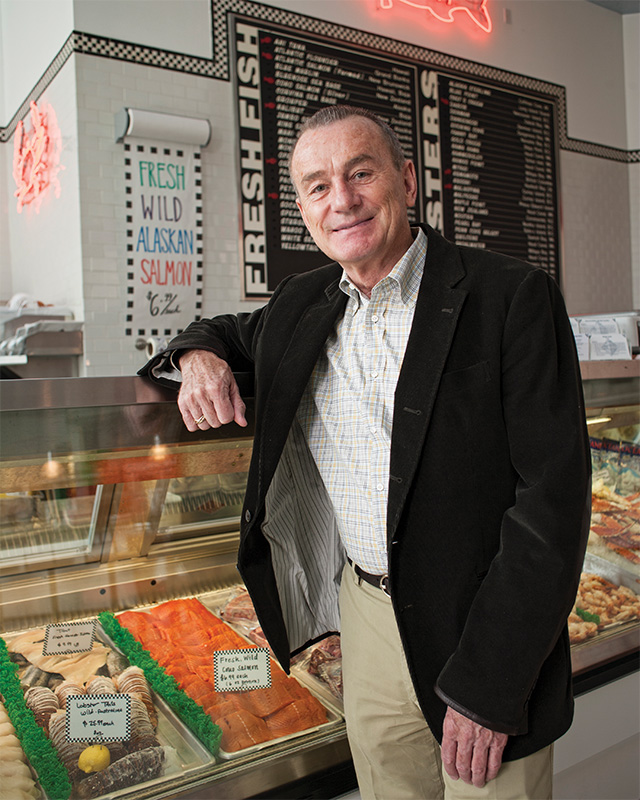
Synopsis
Few homicides in recent times touched the citizens of Salt Lake City quite as much as John Williams’ did. The City remembers Williams as a restaurateur, LGBTQ advocate, renovator and historic preservationist. His friends knew him as a generous host, especially at his famous Christmas parties. His murder at the hands of his ex-partner cut short a life that would have already an outsized legacy and sparked a conversation about how this could happen, despite Williams’ attempts to seek help from the law.
Narrative
On May 22, 2016, John Williams (72) was at home in his Capitol Hill mansion when his estranged husband, Craig Crawford (now 54), set fire to the house. Unable to escape, Williams suffocated in his smoke-filled bedroom.
Crawford, an admitted addict, delusional and volatile, had returned only recently to Williams’ life and home after Crawford was deported from Canada. Within months, Williams had written Crawford out of his will, drafted eviction papers, and filed for divorce and for a protective order against Crawford. The protective order claimed Crawford was becoming a danger to those around him. A second court filing made it clear that Williams had little faith in the court’s ability to help. The court denied the request. Less than three weeks later, Crawford killed Williams by setting fire to the home.
The tragic event started a discussion about how State law addresses domestic violence, the effectiveness of protective orders and the barriers to getting help, particularly for those within the LGBTQ+ community. Nearly seven years later, the State of Utah is still reckoning with its troubling domestic violence statistics, with multiple bills proposed during the 2023 Utah Legislative Session that could fund and coordinate efforts and victims’ services statewide.
One of Williams’ final acts of generosity was funding the Encircle organization, which endeavors to offer a safe haven and resources for LGBTQ+ youth and their families. His name now resides on a new Salt Lake City mansion, hosting events for the LGBTQ+ community, the John Williams Encircle Home.
Funding safe spaces for LGBTQ+ community at Encircle, encircletogether.org
An Ongoing Mission For Campus Safety
Offense: Homicide, Date: 10-22-2018, Case File: No. 983729
Synopsis

Before she was killed on the campus of the University of Utah, student-athlete Lauren McCluskey had tried to warn campus police about the danger she faced. The investigation into her eventual murder revealed the failures of both the authorities and the university to respond to those threats. In the years that followed, improving campus safety became a mission for the McCluskey family and a stated priority for the university, but a recent student murder exposed that there is still more work to be done.
Narrative
On the evening of Oct. 22, 2018, Lauren McCluskey (21) was found dead in the parking lot next to her University of Utah campus dormitory. She had been shot seven times by her ex-boyfriend Melvin Rowland. Rowland had waited for Lauren in her resident hall for several hours. She was on the phone with her mother when Rowland dragged her across the parking lot. Matt McCluskey, Lauren’s father, alerted campus security that his daughter was in danger. It was too late then, but, prior to the murder, Lauren had gone to law enforcement, fearing for her life.
There were multiple instances her murder could have been prevented. According to her mother Jill McCluskey, “The officers never checked Lauren’s killer’s offender status. After the police took her statement, they could have easily found out that Rowland was on parole and put him in jail right then. I just wish a responsible adult would have listened and believed.”
On the first anniversary of her murder, a student organization called UnsafeU led a walk-out to protest how the university handled the case. The 2020-21 academic year started with another UnsafeU protest. Her family started the Lauren McCluskey Foundation to honor Lauren and provide resources to “change the cultures that respond poorly to dating violence and stalking on campuses.”
While the university had promised to improve training and communication between housing staff and campus police after Lauren’s death, a 2022 state audit uncovered that those same issues persisted, and they could have contributed to another student’s murder. Before she was killed earlier that same year, U. student Zhifan Dong warned the university’s housing department about her ex-boyfriend, who had assaulted her and lived in the same dorm. The University of Utah acknowledged mishandling the case and that the employee training on recognizing and reporting domestic violence, instituted after Lauren’s death, was not enough.
Lauren McCluskey Foundation, @LaurenMcCluskeyFoundation, laurenmccluskey.org



